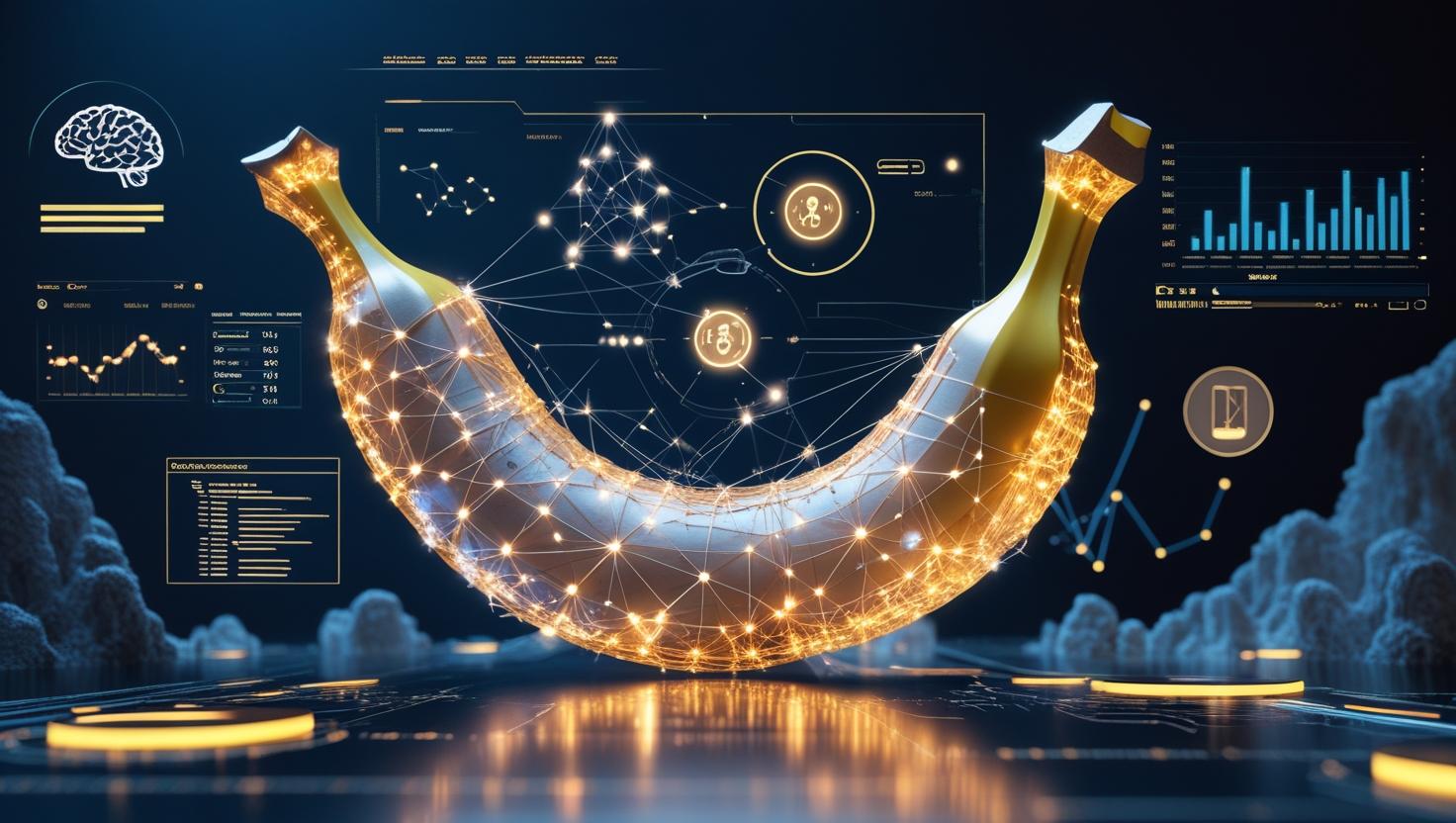Nano Banana and the Dawn of Cognitive Marketing

When Google quietly dropped the phrase “Nano Banana” earlier this year — an internal codename for its Gemini 2.5 Flash Image model — it sounded almost like a joke. But in practice, it represented something serious: the moment artificial intelligence stopped being a support system and became a thinking partner.
At Organic Growth USA, we call this shift Cognitive Marketing — the stage where AI doesn’t just automate actions, it begins to understand intent, context, and emotion at a level that reshapes how marketing decisions are made.
The Myth (and Meaning) of Nano Banana
Google’s so-called “Nano Banana” wasn’t just a quirky project name. It stood for compact intelligence: a smaller, faster, visual-reasoning AI model capable of interpreting images, text, and brand tone in milliseconds.
For marketers, this technology quietly redefines the production cycle. Campaigns that once needed full teams and long approval chains now move at the speed of neural inference. We’re not just testing creative — we’re running predictive cognition at scale.
It’s no longer machine learning. It’s machine intuition.
Speed Is the New Intelligence
In 2025, intelligence is measured not by how accurate a system is, but how fast it learns. Predictive engines now simulate hundreds of creative variations before launch. They identify statistically dominant winners and deploy them in minutes — no human waiting, no guesswork.
At Organic Growth USA, we’ve seen AI reduce campaign validation time from seven days to two hours, maintaining a variance below 2 percent.
This is the same principle behind Nano Banana’s core architecture — speed as cognition. The model doesn’t just process; it anticipates. In marketing terms, that means your next campaign’s success is being modeled before you even write the brief.
From Automation to Autonomy
Automation was yesterday’s story. Autonomy is today’s.

In practice, this means AI doesn’t just execute workflows; it decides which workflow matters. When our AI models detect declining engagement in a live campaign, they auto-pivot tone, adjust creative hierarchy, and reroute traffic — without human triggers.
Think of it as marketing that manages itself within brand-approved boundaries. Human teams set intent; AI governs execution. That’s not outsourcing — it’s scaling human intelligence through digital cognition.
When Data Starts to Feel
Cognitive Marketing also introduces something more abstract — emotion detection at scale. With models like Gemini 2.5 Flash and OpenAI’s new emotion-aware architectures, algorithms are learning to interpret user mood based on behavior, scroll depth, timing, and even color reaction patterns in email previews.
It’s the closest thing to empathy the industry has ever engineered. According to Salesforce’s 2025 marketing report, AI-assisted personalization increases conversion rates by 82 percent when emotional context is recognized.
For us, that’s where ethics meet performance. The line between understanding the customer and manipulating them has never been thinner — and it’s our responsibility to stand on the right side of it.
The Post-Banana Mindset
The point isn’t that Google invented something new. It’s that Nano Banana became a metaphor for the next phase of marketing — where thinking machines work with us, not for us.
In this landscape, data is alive, campaigns are predictive, and success happens before launch. Marketers who still measure progress in clicks are missing the revolution that’s already rewriting the rules.
At Organic Growth USA, we believe the next competitive advantage won’t be who collects the most data — but who teaches their AI to think in the most human way possible.
Welcome to The Cognitive Marketing Era.